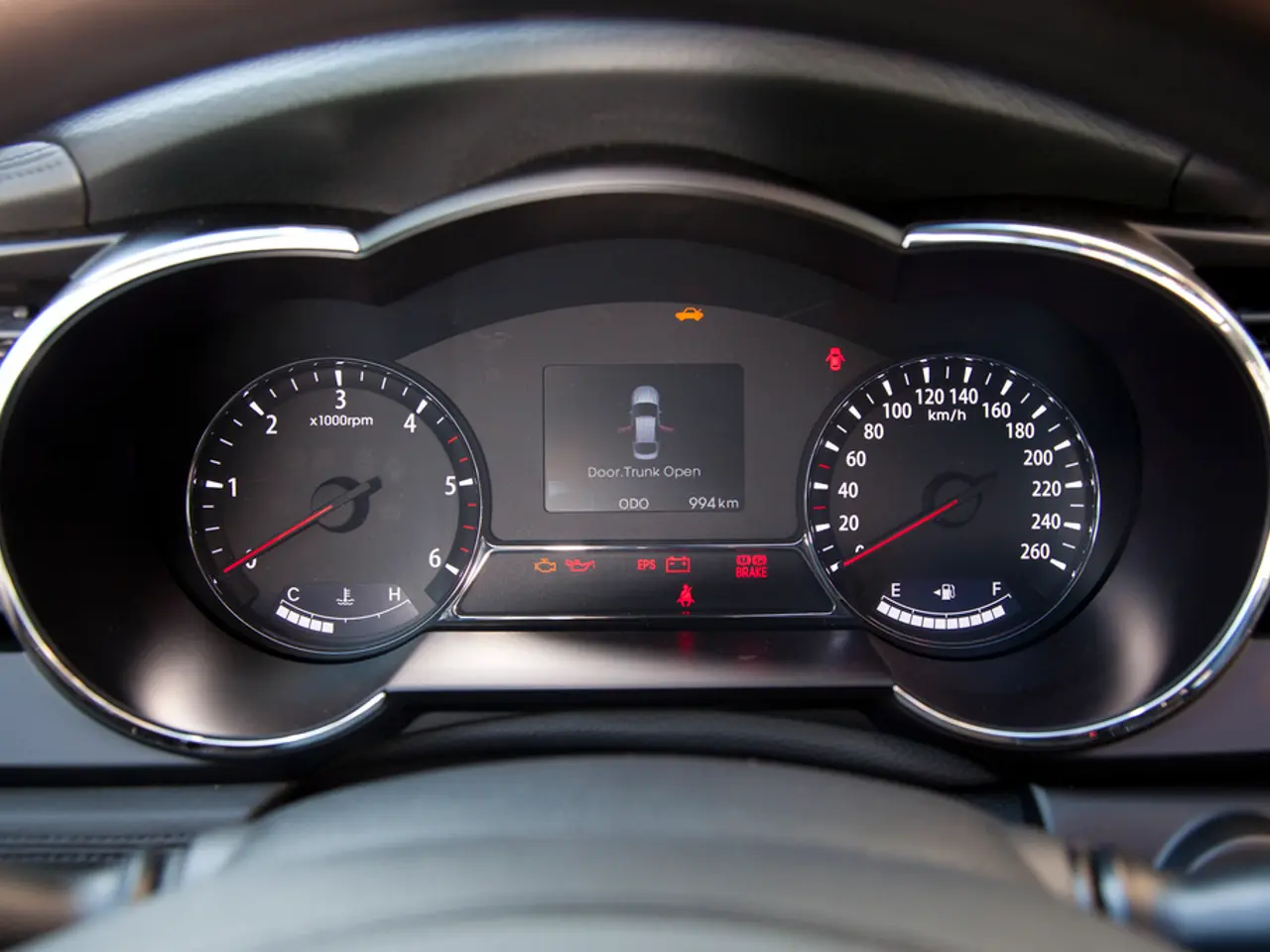Duration of alternator lifespan
The alternator, a vital car component, recharges the battery using power from the engine and provides power to the electrical components. If you notice a drop in voltage (below 12 volts) while adding electrical devices, it might indicate that the alternator is not functioning properly.
To diagnose the issue, you can use a voltmeter, which can be found at auto parts or electronics stores. A voltmeter reading at the battery terminals when the car is idling should ideally be around 14 volts. If the voltage at the alternator terminal is lower than the battery terminal, the battery may not be the problem, but the alternator might be.
Preventative measures to maintain the electrical system include regular battery maintenance and monitoring the alternator's health. If battery connections are dirty, electricity may not flow properly. Cleaning the battery connections with baking soda and water can help if the battery is not functioning properly.
The lifespan of a car alternator can vary greatly depending on the car, the engine, the conditions in which it's used, and how much electrical equipment it's regularly operating. Typical alternator lifespan ranges from about 7 to 12 years or 80,000 to 150,000 miles, but with ideal care, some can last 20 years or more.
Harsh weather and frequent short trips can strain the alternator because it may not have enough time to recharge fully and endure temperature stresses. Additionally, extra electronic devices or modifications increase the electrical demand, causing the alternator to work harder and potentially wear out sooner.
Lower-quality alternators with cheaper components tend to have shorter lifespans compared to more robust versions. A well-maintained battery supports alternator efficiency; a failing battery can accelerate alternator wear as the alternator compensates for battery issues. The alternator belt’s tension must be correct; too loose or too tight belts cause performance problems and premature alternator wear.
Regular servicing, gentle driving, and avoiding harsh acceleration or braking reduce stress on the alternator and extend its life. Replacing the alternator, when necessary, should be done with the vehicle parked in a flat, well-lit area with the engine cooled down. The battery should be disconnected to minimize the risk of shock.
When replacing the alternator, it's important to consult the vehicle's service manual for the correct auto part information. It's also crucial to address other factors that may affect the alternator's performance, such as the car's electrical load, the condition of the needle bearing, the diodes inside the voltage regulator, and heat from the engine.
In some cases, replacing the terminal clamps can be necessary if they have eroded and no longer provide contact. If the alternator is on its way out, you may start to lose power to various electrical components when the car is at idle.
It's dangerous to drive with a dying alternator and it's recommended to make it to a repair shop immediately. Always remember, maintaining your car's alternator is essential to ensure the smooth operation of your vehicle's electrical system.
- To identify issues with the car's electrical system, you can purchase a voltmeter from auto parts or electronics stores.
- A typical car's alternator lifespan is between 7 to 12 years or 80,000 to 150,000 miles, but factors like harsh weather, frequent short trips, and additional electronic devices can cause it to wear out sooner.
- Harsh acceleration or braking, as well as a poorly maintained or failing battery, adds stress to the alternator and can hasten its wear.
- Proper maintenance practices, such as regular battery maintenance and monitoring the alternator's health, can help prolong the alternator's lifespan.
- When the car's electrical load is high, the alternator belt's tension should be checked for correctness, as both loose and tight belts can lead to performance issues and premature wear.
- If you suspect the alternator might be failing, frequent checks for voltage drops or power loss to electrical components while the car is idling are recommended, as well as ongoing monitoring of the battery's functionality during car-maintenance sessions.




